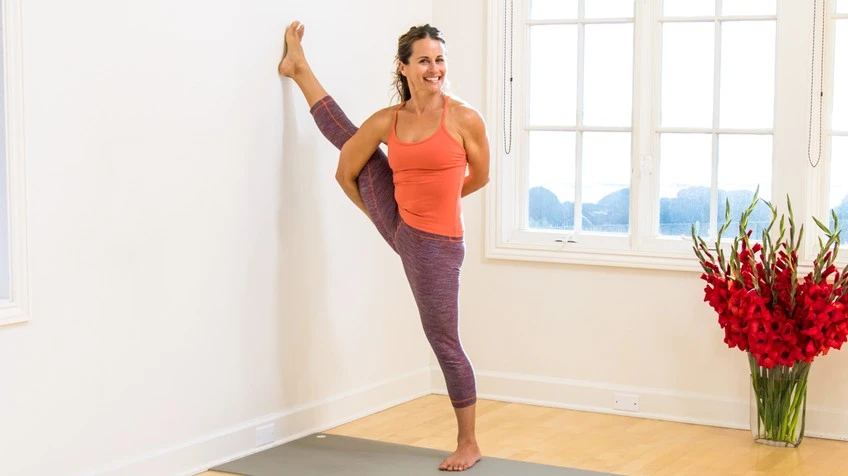Tag: Yoga Pose
Reasons Why the Bird of Paradise Yoga Pose Represents Grace and Beauty
The Bird of Paradise yoga pose, known as Svarga Dvijasana in Sanskrit, embodies a graceful and elegant posture that evokes feelings of beauty and harmony. Rooted in the ancient practice of yoga, this pose symbolizes not only physical strength and flexibility but also inner peace and balance. Here are several reasons why the bird of paradise yoga pose symbolizes grace and beauty:
- Mimicking Nature: The name “Bird of Paradise” itself draws a connection to the stunning tropical bird species known for their vibrant colors and elaborate displays during courtship rituals. In this pose, the practitioner’s extended leg resembles the outstretched wing of a bird, while the arms imitate the graceful movement of flight. By embodying the essence of these majestic creatures, the bird of paradise yoga channels the beauty and elegance found in nature.
- Poise and Balance: Achieving the Bird of Paradise pose requires a combination of strength, balance, and concentration. As the practitioner transitions from a standing position into a deep hip opening with one leg extended, they must find equilibrium within their body and mind. The act of balancing on one foot while gracefully extending the other leg requires both physical stability and mental focus, reflecting the poise and balance associated with gracefulness.

- Fluidity of Movement: The transition into and out of the Bird of Paradise pose is a fluid and seamless movement that flows with grace and ease. From the initial standing position to the gradual unfolding of the body into the full expression of the pose, each motion is executed with intention and mindfulness. The fluidity of movement not only enhances the aesthetic appeal of the pose but also reflects the interconnectedness of breath, body, and spirit in the practice of yoga.
- Opening the Heart Center: In the Bird of Paradise pose, the chest is lifted and the heart center is expansively open, creating a sense of vulnerability and receptivity. By opening the heart, the practitioner cultivates a deeper connection to their own emotions and experiences, as well as to the world around them. This sense of openness and vulnerability is inherently beautiful, as it allows for authentic expression and connection with others.
- Inner Strength and Confidence: Despite its outward appearance of effortlessness, the Bird of Paradise pose requires a strong foundation of inner strength and confidence. As the practitioner balances on one foot and extends their leg with grace and poise, they tap into their own reservoir of resilience and courage. This inner strength radiates outward, imbuing the pose with a sense of confidence and self-assurance that is undeniably beautiful.

















